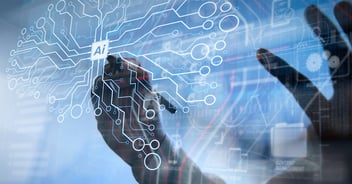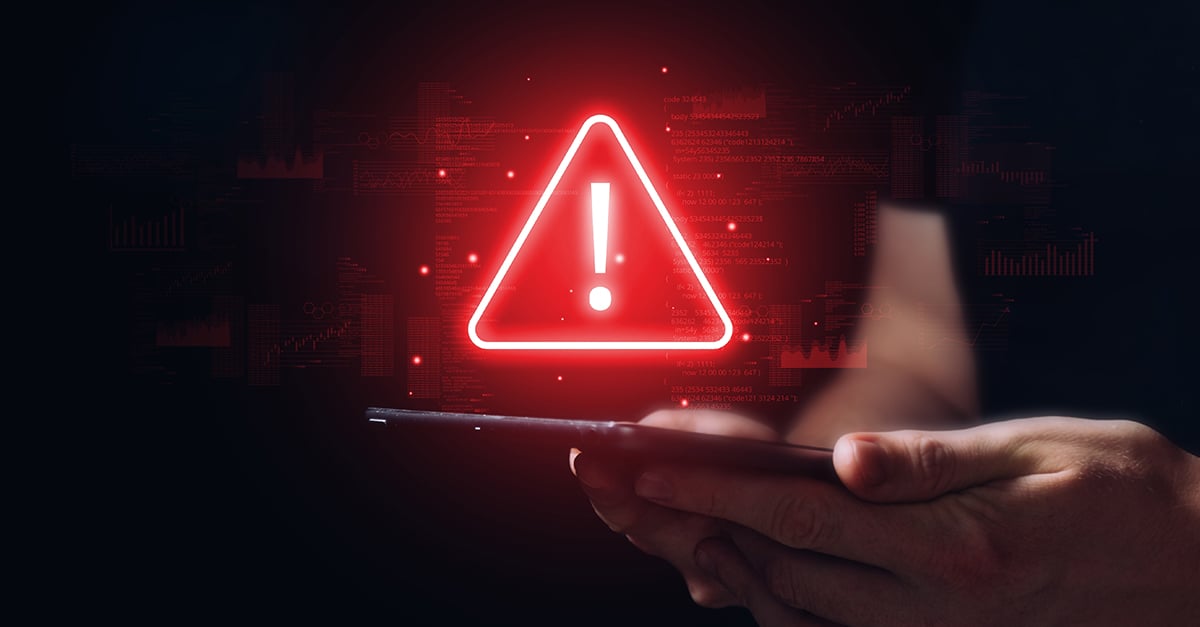
- Home
- Global Payroll
- Role of AI and ML in protecting data in remote work set-up
Role of AI and ML in protecting data in remote work set-up
Published :

Even though companies are bringing employees back to offices, the remote workforce model is proving to be a lasting trend. This necessitates a careful consideration of the challenges it brings. The global shift towards remote work has raised concerns for data security due to the evolving landscape of cyber threats. For example, phishing and ransomware target human vulnerability and critical data while unsecured Wi-Fi networks make endpoint devices susceptible to malicious actors. Social engineering and low cybersecurity awareness among employees further intensify the risk.
While threats are evolving, so are the solutions to combat them. However, a fundamental question remains: How does AI and ML contribute to solving this problem? Continue reading to find out!
Before we delve into the details, consider this analogy:
Imagine there are two ways a doctor can deal with a patient. The doctor can either let the patient elaborate on all their problems in detail and evaluate the condition, or the doctor could suggest certain tests and analyze the patient's condition based on the test results. The second approach, following certain algorithms, ensures a reduction in room for mistakes or confusion. The tests offer more accurate answers paving the way for better and quicker healing.
A similar thing happens when we use algorithms to prevent cyber-attacks. Depending on the pre-defined inputs, the system using AI and ML successfully detects patterns that could be a threat and acts to combat it. This approach is better than waiting for humans to intervene, use checklists and processes, and give inputs as it might make real-time action impossible.

A few possibilities are explored below:
One of the primary contributions of AI and ML in the realm of data security is predictive threat analysis. It acts like a radar, enabling organizations to foresee and prevent cyberattacks. Utilizing AI, this technology analyzes vast amounts of historical and real-time data to swiftly detect patterns, vulnerabilities, and potential threats. In the evolving cyber landscape, predictive analytics is an indispensable tool, fortifying defenses against cyberattacks.
In remote work, User Behavior Analytics (UBA) is critical for cybersecurity, using AI and ML, to create a baseline for normal user activities. Any deviation from this baseline, such as unusual access patterns or data retrieval, triggers alerts for potential data breaches. One notable application of UBA is its integration with Multi-Factor Authentication (MFA), tracking user behavior to enhance access security.
It identifies routine patterns and detects unusual activities. In real-time, it adapts access controls and authentication factors based on risk assessments, ensuring a dynamic and responsive security framework. This approach not only secures sensitive information but also ensures that data access is monitored and controlled based on user roles and responsibilities.
In the dynamic landscape of remote work and the widespread use of IoT and mobile devices, Advanced Endpoint Protection (AEP) stands as a vital cybersecurity focus. Fueled by AI and ML, AEP strengthens corporate endpoints against evolving threats, employing advanced security technologies for efficient prevention, detection, and response. Noteworthy features encompass continual improvement through ML, real-time threat intelligence, security analytics providing deep visibility, tailored protection for diverse devices, and the capabilities of Endpoint Detection and Response (EDR). AEP ensures enhanced threat management, ongoing evolution, automated response, seamless security integration, and streamlined management, fortifying cybersecurity amid the evolving nature of remote work.
AI-driven biometric authentication systems, such as facial recognition and fingerprint scanning, provide a secure and convenient user verification method. Unlike passwords, biometrics are intrinsic to individuals. This enhances security effectively, reducing the risk of unauthorized access to critical systems and data. Though threats like spoofing and data breaches persist, liveness detection, multi-factor authentication, and continuous monitoring offer solutions. In remote work, biometrics are crucial in ensuring secure access while minimizing risks. Passwordless biometrics enhance security further, offering continuous verification and a user-friendly experience. Embracing this in the ever-evolving world of remote work is vital for seamless, secure, and cost-effective authentication.
Conclusion:
AI and ML have emerged as indispensable tools for robust data security in the era of widespread remote work, reshaping the cybersecurity paradigm. By embracing these technologies, organizations enhance their ability to thwart cyber threats and create a resilient foundation for secure remote work. Moving forward, the synergy between human intelligence and AI will be pivotal in safeguarding sensitive data and navigating the complexities of the remote work landscape.
Enterprise asset management (EAM) involves the management of mission critical assets of an organization throughout each asset's lifecycle. EAM is used to plan, optimize, execute, and track the needed maintenance activities with the associated priorities, skills, materials, tools, and information. The aim is to optimize the quality and utilization of assets throughout their lifecycle, increase productive uptime and reduce operational costs.
Enterprise asset management (EAM) involves the management of the maintenance of physical assets of an organization throughout each asset's lifecycle. EAM is used to plan, optimize, execute, and track the needed maintenance activities with the associated priorities, skills, materials, tools, and information.
The software helps in effective maintenance of assets through preventive, predictive, shutdown and breakdown maintenance strategies. The system also helps enterprises mitigate equipment risks by enhanced safety standards. The streamlined operations and improved asset performance helps organizations increase their investment effectiveness.
EAM is important because it helps organizations track, assess, manage and optimize asset quality and reliability. Asset intensive Organizations have hundreds, thousands, even millions of assets which needs to be maintained to maximize / optimize life of these assets to increase the return on investment.
The key features of effective EAM are:
Asset Intensive companies under the following Industries :
Contact us for a meeting and schedule a demo
This differs on case to case basis, based on the type of installation and unique industry specific requirements. Contact us for a meeting and schedule a demo.
This differs on case to case basis, based on the type of installation and unique industry specific requirements. Contact us for a meeting and schedule a demo.
Stay Connected, follow us on LinkedIn / Twitter to know more about EAM Software latest trends.

All Rights Reserved. © Copyright 2024. Ramco Systems.